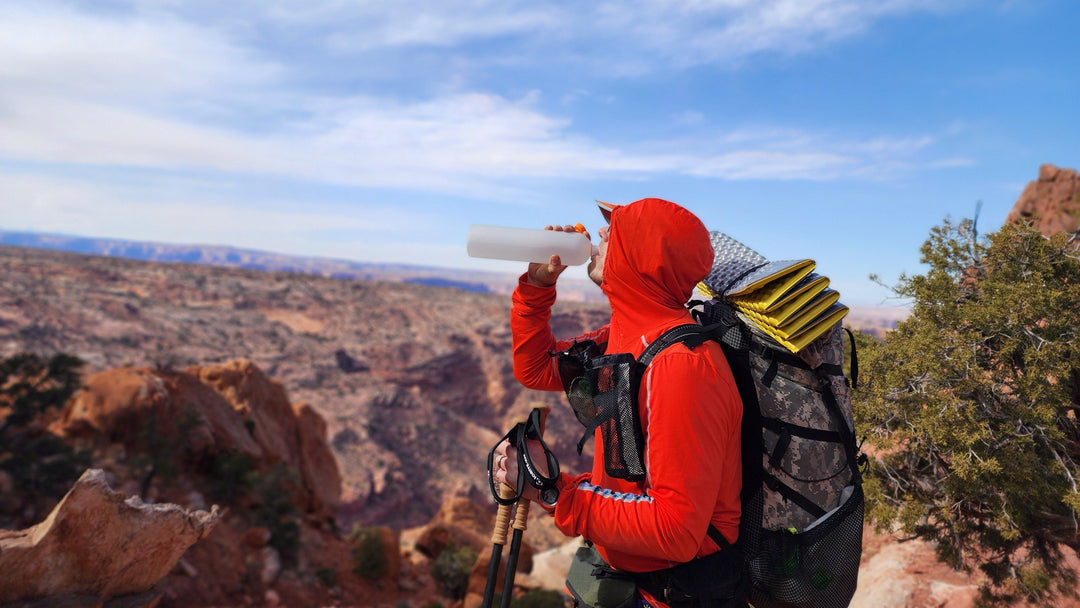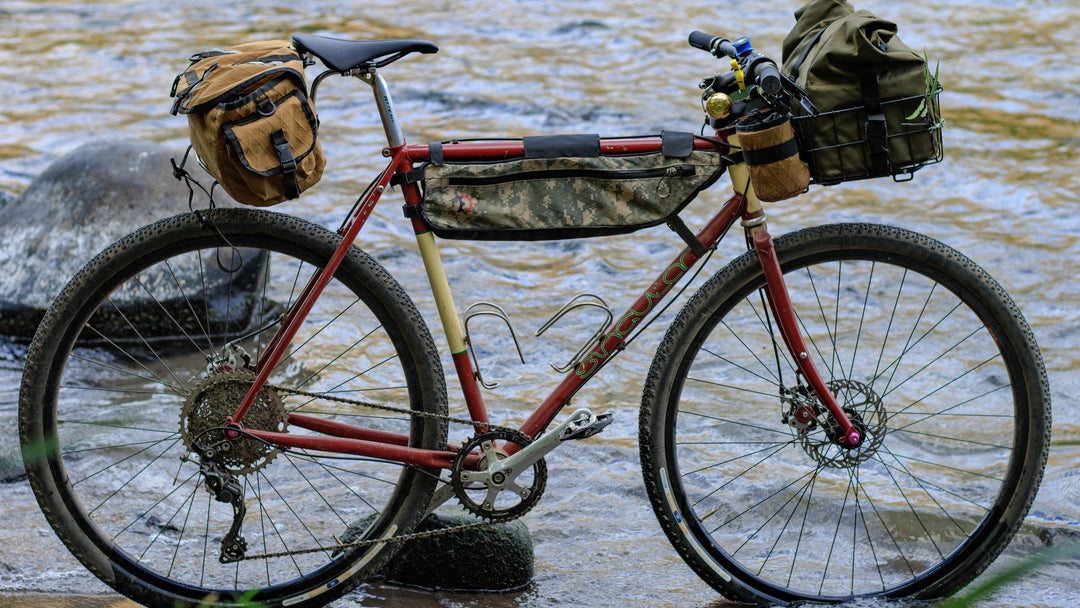Tips to Get the Kids Outside During Summer

There are lots of potential activities to get kids outside in the summer. But, if you're a more active family that loves spending time outdoors, it's important to let kids try various things. If you're looking for outdoor adventures where you can truly explore and experience nature as a family, here are a few of our favorite outdoor activities we recommend you try.
Go for a Hike

The summers are all about exploring the outdoors, and hitting a favorite trail or path for a familiar hike. It is good exercise and a lot of fun. If you are new to hiking, you can start with a leisurely walk through the forest or along local trails. It is a great way to learn the basics. You can teach your child the importance of navigation and field skills and introduce them to essential backpacking gear such as trekking poles and water filter kits. As your skills and confidence grow, step up and consider more advanced, steeper obstacle trails. Start with short hikes and build your stamina each time. You'll be amazed how quickly you and your kids can become experienced hikers. When ready, plan an overnight trip combining hiking and camping.
Plan a Camping Trip

Camping is a great summer activity to get kids outside because there are many ways to do it. You can visit a local campground with everything you need or venture deep into the wilderness and find your own private spot. For younger kids, pitching a tent in your backyard is an excellent introduction to camping. It's safe and a great primer for real travel later. Many families spend the night at campsites and then set off independently. Campgrounds vary by location but usually offer drinking water, fishing holes, pre-dug fire pits, and restrooms. (Always check the facilities at your chosen campground and plan accordingly.) If you're backpacking into remote wilderness, be sure to go well prepared: including proper hydration, nutrition, toiletries, and camping gear.
Enjoy Lake Life

A local lake can provide a world of summer fun for families. It's one of the best ways to beat the summer heat. You can find a spot on the shore and go for a swim, have a picnic, or soak up the rays. Many lakes have designated areas for fishing, swimming, and boating. Swimming in a lake is an entirely different experience than swimming in a pool. Lakes are enormous bodies of water, so there's room to roam. You can break out the inner tube, air mattress, or standup paddleboard and have plenty of space to play. If you want to relax, head to the fishing area and cast a line in the water. Consider a boat or jet-ski rental if you want to kick things up. Most lakes also have great hiking trails and campgrounds for overnight stays.
Cool Down at a Waterfall
Waterfalls are one of the planet's most breathtaking natural features. There are stunning waterfalls across North America, including famous favorites like Niagara Falls in New York and Yosemite Falls in California. But did you know there are waterfalls in Virginia, Oklahoma, Minnesota, Oregon, North Carolina, and Texas? If you're looking for a unique adventure to get kids outside that ends with some awesome Instagram content, then load your backpack and head to the nearest waterfall. Many waterfalls are located along excellent hikes that are perfect for families. Some don't involve a hike; you can drive up to it and park your car. Others require an overnight camping trek. Whatever the distance, the reward is worth it. While some waterfalls allow swimming and diving, others do not. Always check the rules and regulations before you head out so there is no confusion. A good practice is always to respect nature and leave the environment better than when you arrived!
Treasure Hunt Geological Features

Parents can mix a little education over the summer and plan a geological treasure hunt. The objective of a geological treasure hunt is to observe and identify various geological features in a fun way to get kids outside. Start by preparing for a hike and establishing a few rules – like stay on the trails, don't pick up or disrupt anything, and no littering. From there, give each scavenger a treasure hunt card, a pen, and maybe a clipboard (if you need it). Review the items on the treasure hunt card, so everyone knows what they are looking for. As you walk around, look for objects on the card. As you see them, point them out to the rest of the group. After all treasure hunt items have been found or enough time has passed, stop to discuss the group's findings. What items did you find? Why are these things important to the region?
Try Geocaching
For a bit of 21st Century flair, try geocaching. It's the equivalent of a modern-day treasure hunt. Geocaching is an outdoor activity that uses GPS and a mobile device to locate containers, called caches, which have been placed all over the world. The object of geocaching is to find the item – some of them are hidden well! Caches can be anywhere, even places that people frequent quite often. Others are placed in more remote locations. A typical cache is a small, waterproof container with a logbook and a writing utensil. Common materials found in caches can be foreign currency, key chains, ornaments, or brochures. No valuables, food, or other easily damaged items are allowed. The geocacher logs their discovery, then replaces the cache in the same spot for the next person.
Respect nature and Leave No Trace

When you spend time outdoors, it's important to respect nature and help protect it. In the wilderness, we must be conscious of the effects our actions may have on the entire ecosystem: including plants, animals, the air, all water and water sources, and other people. We believe in the Leave No Trace Seven Principles outlined by the National Parks Service.
- Plan and prepare: Prepare for the area you'll visit.
- Travel and camp on durable surfaces: Safe surfaces include maintained trails and designated campsites, rock, gravel, sand, dry grasses, and snow.
- Dispose of waste properly: Pack out all trash, leftover food, and litter.
- Leave what you find: Leave rocks, plants, and natural objects as you find them.
- Minimize campfire impacts: Burn all wood and coals to ash, put out campfires completely, and scatter cool ashes.
- Respect wildlife: Observe wildlife from a Do not approach or feed animals. Protect wildlife and your food by storing rations and trash securely.
- Be considerate of other visitors: Be courteous and respect other Visitors.
The Leave No Trace Seven Principles can be applied anywhere, at any time, while participating in recreational activities.









Leave a comment